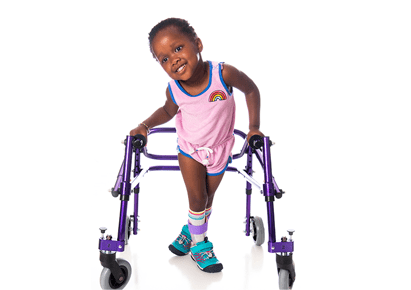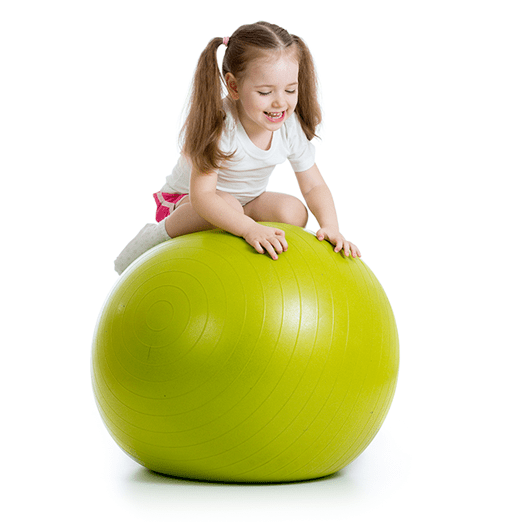What is Physical Therapy?
Physical therapy (PT) is a discipline that utilizes exercises, individualized care, and education to help individuals attain their maximal potential for active participation and independent living within their environments. The focus is on improving mobility, reducing or managing pain, restoring or maintaining independent functioning, and minimizing or preventing disability.
What Our Pediatric Physical Therapists Do
Our pediatric physical therapists help children improve their strength, range of motion, flexibility, and movement patterns. The goal is to help children move their bodies, how and when they want, to the best of their abilities.

Milestone
- Assist children to meet gross motor developmental milestones for specific age ranges
Strength And Endurance Building
- Address the cause of weak muscles to build strength and endurance
Motor Planning And/Or Coordination
- Help develop motor planning and coordination skills for precision with movement
Health And Wellness
- Help individuals to recover from sports and non-sports related injuries or to cope with a chronic condition
Equipment
- Evaluate a child’s need for adaptive equipment. The PT will assess the child’s positioning, posture, muscle control, and body alignment, while working closely with the family and equipment vendors to achieve functional outcomes. The PT may also adapt toys/play equipment and facilitate training to use equipment to improve alignment, posture, mobility, and independence for school, in their home, or in the community
Safety
- Identify safety concerns and educate on measures to improve safety within home, school, and community environments
Common Diagnoses for Children who are referred to a Physical Therapist
-
Cerebral Palsy
-
Spina Bifida
-
Muscular Dystrophy
-
Torticollis /Plagiocephaly
-
Gait Abnormalities
-
Orthopedic – Fractures, Soft Tissue
-
Muscular weakness
-
Hypotonia
-
Developmental Delay
-
Genetic Syndromes


